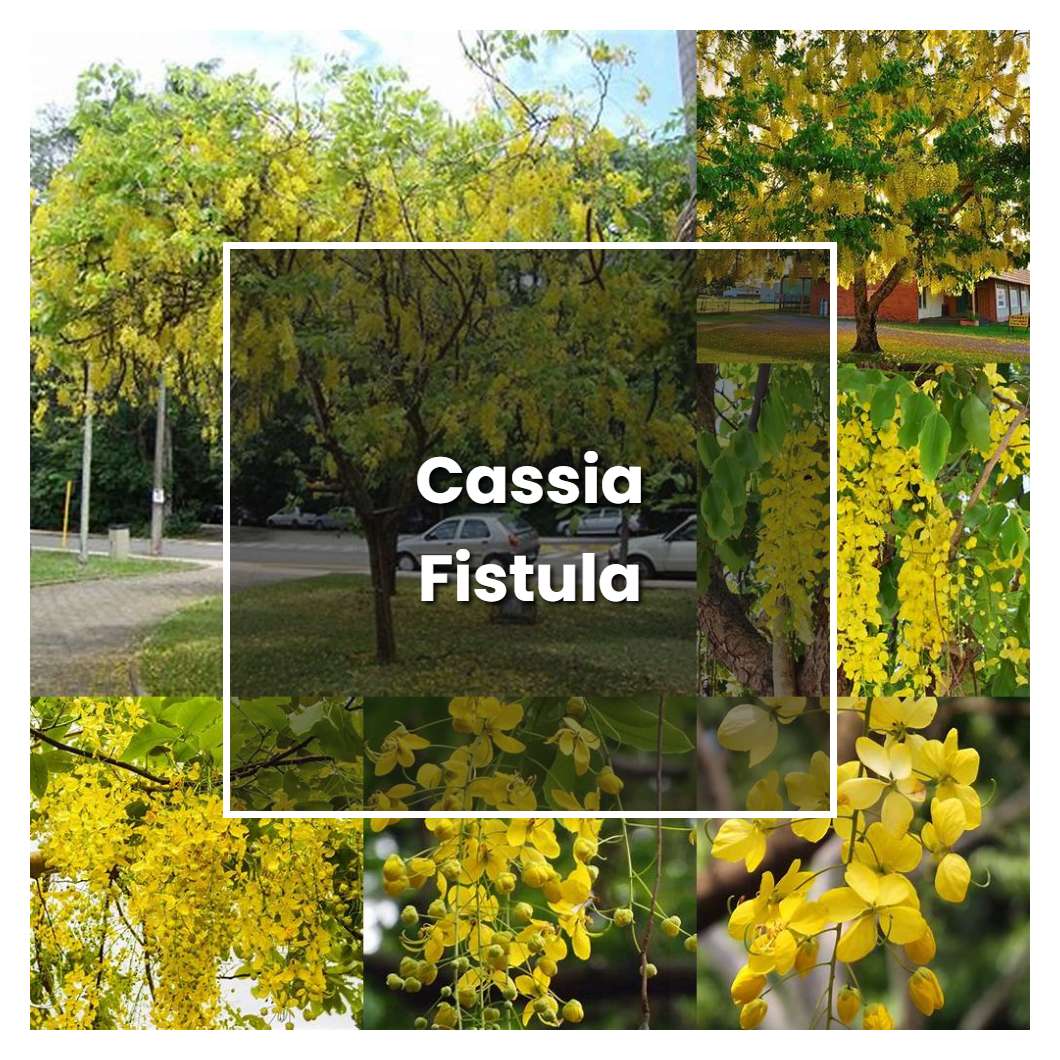Cassia fistula is a plant that is native to southern Asia and is often used as an ornamental plant. The plant can grow to be up to 30 feet tall and has bright yellow flowers that bloom in the summer.

Related plant:
Cassia Tree
About soil condition, it prefers deep, well-drained, sandy loams with a neutral to slightly alkaline pH, but it is adaptable to a wide range of soils provided they are not waterlogged. It is tolerant of poor soils, coastal conditions and full sun but not of shade. It also does not like prolonged drought.
Not too different with other plants, the cassia fistula tree needs sunlight to grow. This tree is native to tropical regions and needs at least six hours of sunlight per day to thrive. The tree can grow in partial sun, but it will not flower as well in these conditions. If you live in an area with long summers and plenty of sunshine, you can grow a cassia fistula tree in your garden.
The temperature condition that is most ideal for the growth of the Cassia fistula tree is one that is warm and humid. This tree is native to tropical and subtropical regions of the world, so it is accustomed to these types of climates. If the temperature gets too cold, the tree will not be able to properly grow and flourish. Additionally, if the air is too dry, the tree will not be able to retain the moisture it needs to survive.
Ideal humidity condition for this plant is 50%. This plant cannot tolerate too much or too little moisture. The leaves will start to turn yellow if the plant is not getting enough moisture. On the other hand, if the plant is getting too much moisture, the leaves will start to turn brown.
About fertilizer, this family of plant is not too demanding and their main requirement is a good amount of organic matter in the soil. A general-purpose fertilizer like 10-10-10 or 8-8-8 can be used. If you are using inorganic fertilizer, then use it in moderation because too much fertilizer can damage the roots. It is always best to err on the side of using too little fertilizer rather than too much. When it comes to the roots, cassia fistula plants have a strong and robust root system that is able to anchor the plant securely in the ground. The roots are also able to tolerate a wide range of soil conditions, including both sandy and clay soils.
Pruning is an important part of keeping your cassia fistula plant healthy. By pruning away dead or dying branches, you allow new growth to flourish. You should prune your cassia fistula plant on a regular basis, about once every two weeks. Be sure to use sharp pruning shears to avoid damaging the plant.
Propagation of Cassia fistula is typically done through seed. The tree can also be propagated through root cuttings taken from young trees. To propagate through seed, the seed should be obtained from ripe pods that have fallen from the tree. The seeds should be sown in a well-drained seedling mix and kept moist until they germinate. Once the seedlings have germinated, they should be transplanted into individual pots. To propagate through root cuttings, the cuttings should be taken from young trees in the late winter or early spring. The cuttings should be placed in a well-drained rooting mix and kept moist until they root. Once the cuttings have rooted, they should be transplanted into individual pots.
Usually, the plant growth rate is between 24 and 36 inches (61-91 cm) in a single growing season. Some varieties can grow up to 6 feet (183 cm) in a year. The average size of a mature tree is between 40 and 60 feet (122-183 cm).
Common problems for this kind of plant are root and stem rots, and leaf spots. These problems are caused by different fungi, and they can affect the plant in different ways. Root and stem rots can cause the plant to wilt and the leaves to turn yellow. Leaf spots can cause the leaves to turn brown or black.
Source:
Discover Nature at JCU - Cassia fistula - JCU Australia
Cassia fistula (Fabaceae) - HEAR species info
Cassia fistula | Tropical Restoration Library
